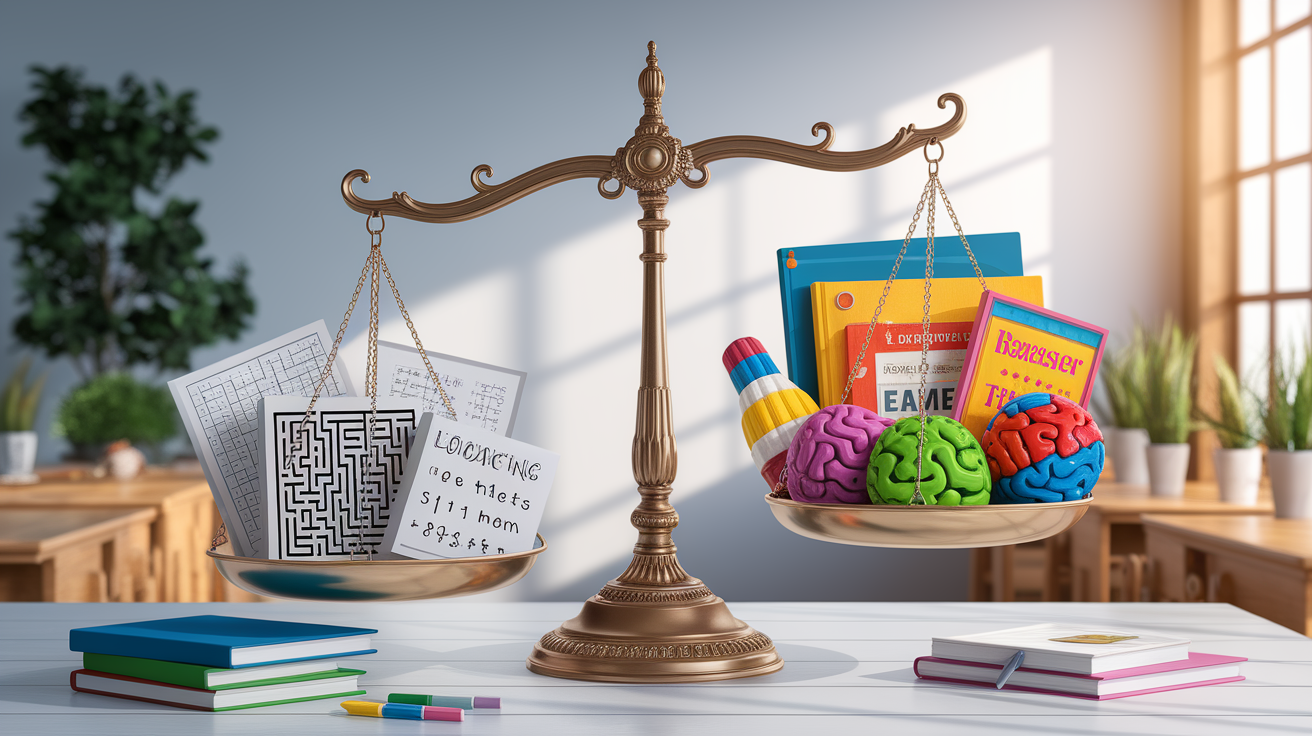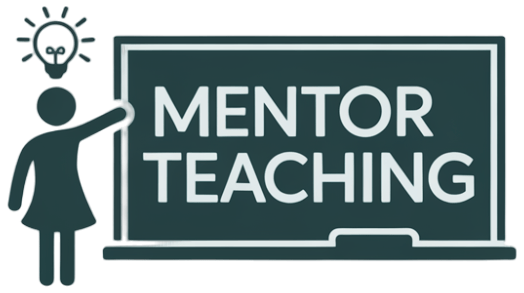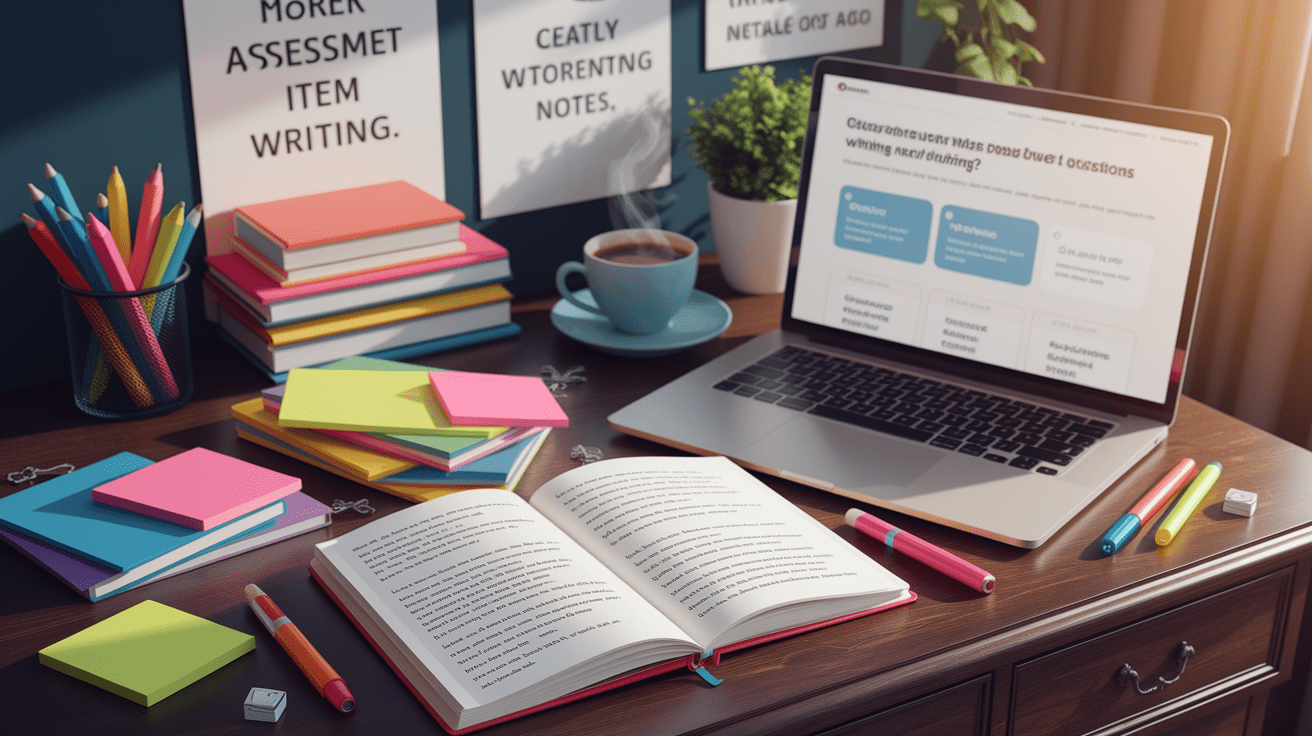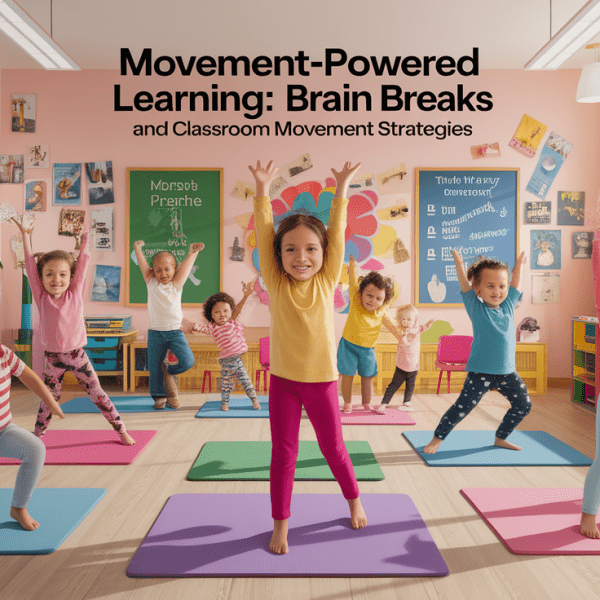Kickoff to Excellence
Alright, class—who’s ready to sharpen those pencils and fire up their brainpower? Assessment item writing isn’t just about popping out a few questions and calling it a day. It’s about crafting clear, purposeful, and fair tasks that actually measure what we intend them to measure. Think of yourself as both a detective and a storyteller: your job is to ask the right questions, with all the clues in the open, so learners can show what they know without feeling like they’re cracking a secret code. Resources like the PNCB Item Writing Manual emphasize these fundamentals—and we’re diving into them today with enthusiasm!

Ensuring Clarity and Precision
First rule of great item construction? Keep it crystal clear! Ambiguity is the arch-nemesis of good assessment design. This means your item stems need to contain all necessary information without making test-takers guess what you’re after. The research on effective item writing shows that when you focus each stem on a single problem or learning objective, comprehension skyrockets and extraneous cognitive load plummets.

Some teacher-approved clarity tips:
- Use direct, concise language—ditch complex jargon unless it’s part of what’s being assessed.
- Organize information logically (chronologically, spatially, or hierarchically).
- Rephrase negative stems into positive ones where possible to prevent confusion.
Aligning Items with Learning Objectives
Imagine running a marathon only to find out the finish line is actually a swimming pool—confusing, right? That’s what it feels like when assessment items don’t align with learning objectives. The goal: every question should be a purposeful checkpoint on the journey toward your learning outcomes. Whether you’re aiming for recall or higher-order thinking in Bloom’s taxonomy, your item needs to match the intended cognitive complexity.

Aligning well means:
- Explicitly connecting each item to a stated objective.
- Ensuring the format fits the skill—use performance tasks for application, constructed response for synthesis, etc.
- Checking for content validity to make sure the question truly represents the skill or knowledge area.
Balancing Difficulty and Cognitive Demand
Here’s where it gets fun—and a bit like cooking. Too bland and the assessment doesn’t challenge learners; too spicy and they’re overwhelmed! We balance item difficulty by creating a mix: some questions for confidence-building, some for real brainstretching. Cognitive demand also matters—you can boost it by requiring application, evaluation, or creation rather than just recall.

Pro tips:
- Adjust difficulty by tweaking complexity, not by making distractors “sneakier.”
- Use item analysis data to refine the balance for future tests.
- Ensure plausible distractors that require actual knowledge to dismiss—see the guidelines on high-quality answer choices for inspiration.
Ensuring Validity, Reliability, and Fairness
In educational measurement, these three are non-negotiables. Validity asks, “Are we measuring what we think we are?” Reliability asks, “Would we get the same results if we did this again?” Fairness demands, “Does every learner have an equal opportunity to show what they know?” According to ETS fairness guidelines, bias creeps in easily—through language, cultural references, or even naming conventions. Weed it out!
Consider these checkpoints:
- Run a fairness review for each item.
- Follow accessibility guidelines to accommodate diverse learners.
- Use consistent style, tense, and grammar to avoid cues or distractions.
Review, Revision, and Continuous Improvement
Think of test development as a cycle, not a one-and-done. After your assessment is administered, data is your best friend. That’s where distractor analysis, item discrimination, and other psychometric techniques swoop in to help you refine questions for future use.
- Review: Check each item against objectives, clarity standards, and fairness criteria.
- Revise: Adjust wording, reorder stems, or replace weak distractors.
- Retest: See if changes lead to improved internal consistency and reliability.
And don’t forget to keep a running “assessment playbook” so your team’s best practices are documented and shared.
Sealing the Deal: Your Roadmap to Mastery
And there you have it—you’re officially equipped with the tools to craft assessment items that are clear, fair, challenging, and aligned. Remember, great test questions are like great teaching moments: they don’t just check knowledge, they inspire thinking. Now go ahead and put these strategies into action—your students (and your future self) will thank you!




